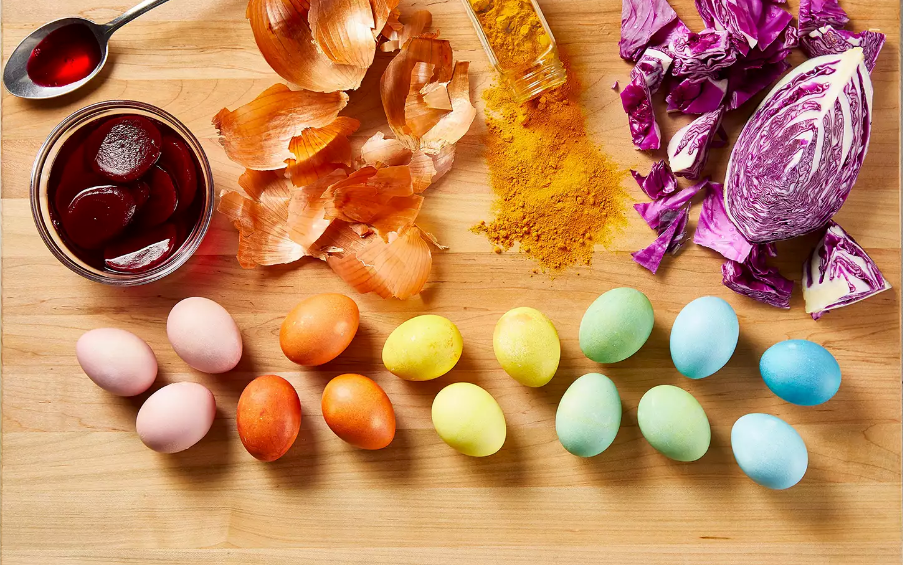Sooty mold in the landscape
Published 4:48 pm Friday, September 9, 2016
By Ty Torrance
I know it sounds exciting, but a lot of people get worked up about it. Usually late in the summer or early fall people begin to notice that their crape myrtles, gardenia’s or other trees and shrubs are beginning to look black. Usually people are upset and think that their plants are dying and they want to know what to do about it.
At this time, the only real treatment is to get some soapy water and use high pressure to wash it off. What they are seeing is what we call sooty mold. It is a fungus, but it is not a plant pathogen. The only damage it is causing is aesthetic. The sooty mold makes the plant unattractive and in some cases it can reduce the plants ability to photosynthesize because it is physically blocking sunlight to the leaves.
If you are seeing this on your plants, the real problem is the insects that are feeding on your trees or shrubs. What happens is sucking insects, which are usually on the underside of the leaf, dine on the plant juices.
Well, we all know what happens after something has a good meal; that’s right, they have to go to the bathroom.
Most pests don’t take the time to find a secluded spot, so they just hang out there and secrete what we refer to as honey dew. Since the plants are producing sugars, the waste from the insects is a sticky, gooey substance. You have probably run into this substance if you have parked under a crape myrtle or pecan. This creates a sugary site for a fungus to grow and sooty mold is the result. If it becomes thick enough, it will actually flake off, like old paint. So, if you control the insects you will control the sooty mold. More than likely, the soapy water used to wash off the sooty mold will suffocate the remaining problem insects with minimal impact on beneficial insects.
For the most part the insects that result in sooty mold formation are aphids, scales, whiteflies, and mealy bugs. If you are unsure of the pest, call and we will get it identified. There are several products that can be used for control once you know the problem.
Please call, if you have any questions (229) 248-3033.




